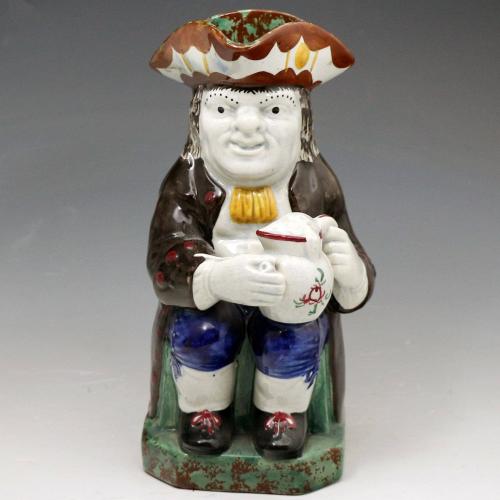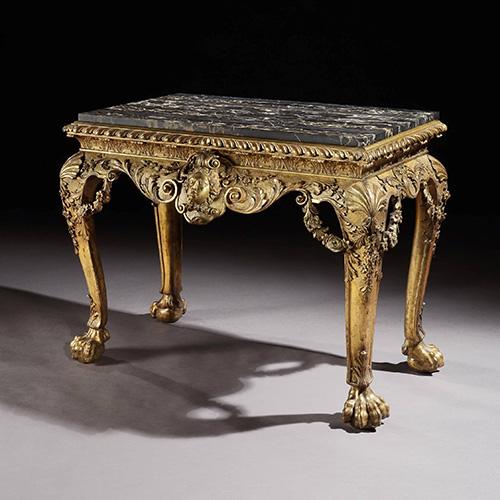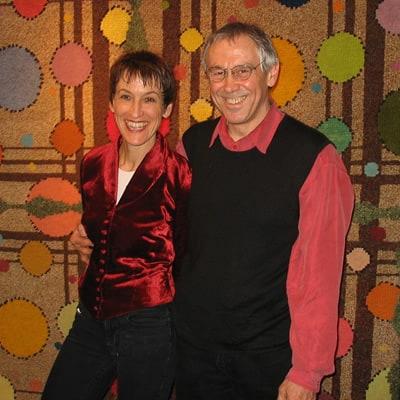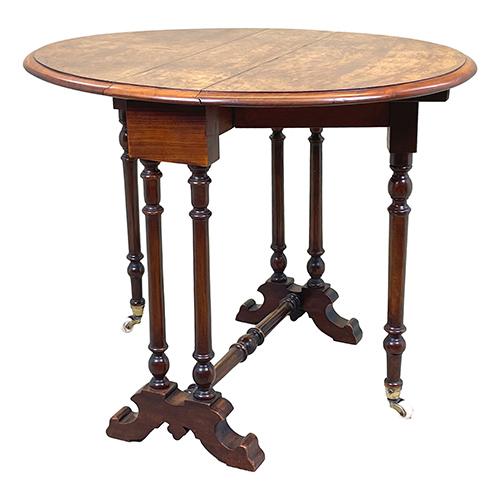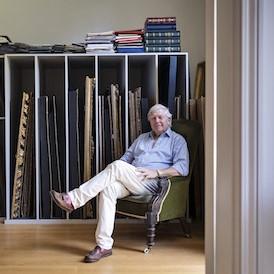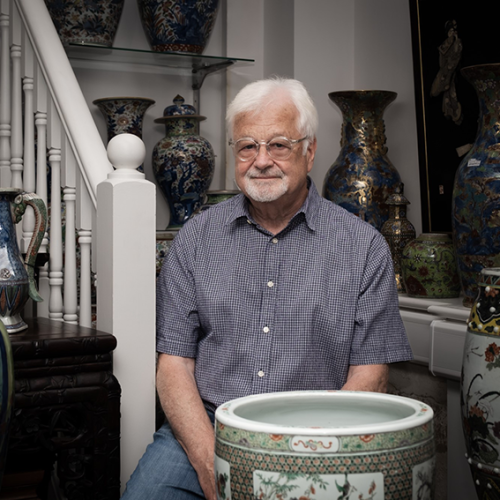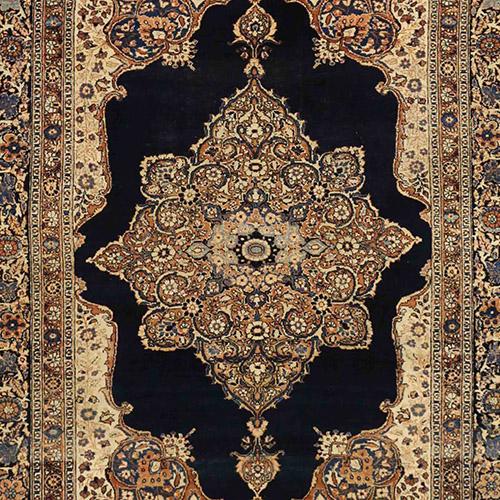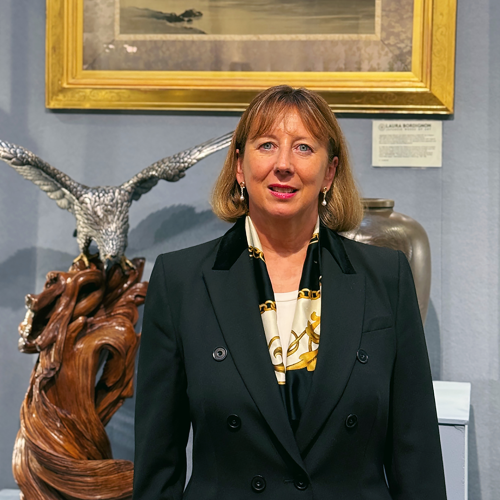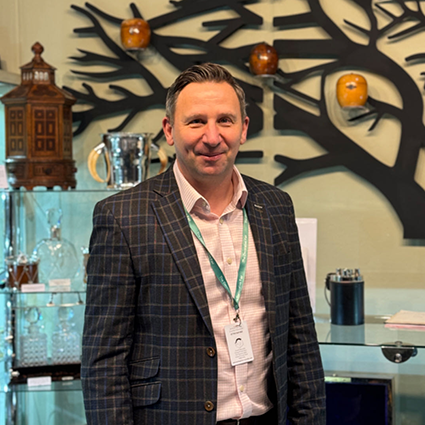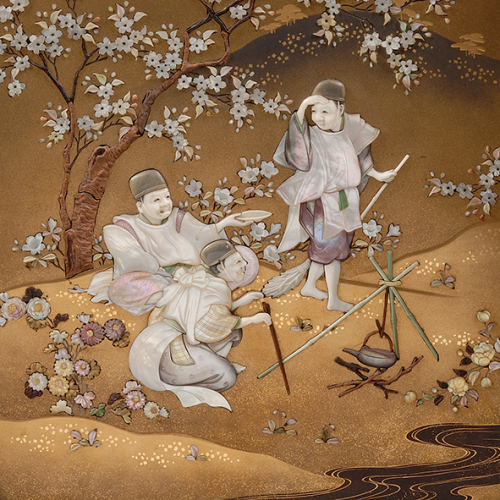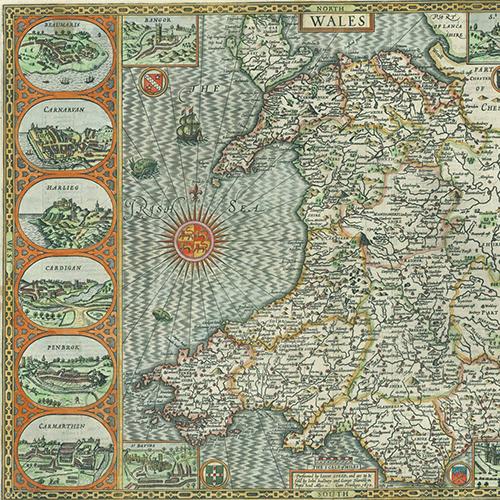
Terms of the Trade: Toby Jug
A Toby Jug is the name given to a popular British pottery vessel modelled in the form of a stout seated gentleman, usually dressed in 18th century style frock coat and tricorn hat. The jovial character is often depicted with a mug of beer in one hand and a pipe in the other.
The tricorn hat acts as the jug’s spout while a handle is attached to the characters back for the purpose of pouring. It is thought that the British design evolved from a similar pattern of Delft jugs, popular at the time in the Netherlands.


